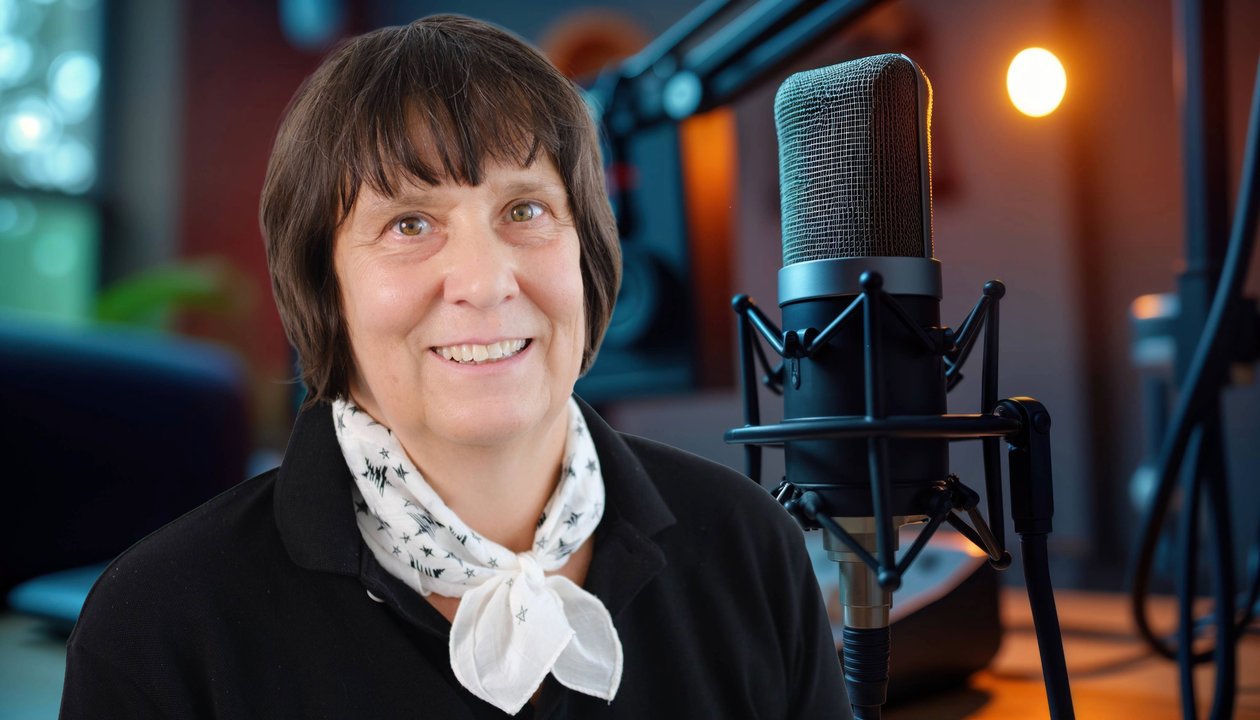
Deutschlandfunk interview with Belinda Maria Peters on dealing with the missionary legacy
Peters explained that between 1870 and World War I, missionaries brought numerous artifacts from Africa to Europe. In addition to gifts, purchased or exchanged objects, there were also those that were made on behalf of the missionaries and those that were stolen. These artifacts are still kept today in collections of missionary communities, but also in non-church institutions such as ethnological museums. In missionary exhibitions and museums, they were made accessible to a wide audience as evidence of both the necessity of missionary work and its success, in order to garner support for the mission. Guided by the idea of the supposed superiority of the Christian religion and, in many cases, the idea of the superiority of European culture, religious artifacts were often given a different meaning by missionaries. Many artifacts were previously downgraded with terms such as “fetish” or “idol,” terms that originate from European thinking and do not reflect the realities of local religions, as Peters emphasizes.
As an example, Peters cites drums in the interview, which have different meanings in African societies and can also be relevant in religious contexts. Drums were used, for example, in royal enthronements, initiation rites, or funerals; some local societies can express entire trains of thought with them. However, missionaries associated drums primarily with supposedly pagan religions and practices, which they often linked to sexual or other excesses. The stereotype of “people in Africa drumming and dancing at nighttime celebrations” still persists in people's minds today; a view that, according to Peters, does not do justice to the complex significance that drums have in local societies, even if courses in so-called “African drumming” are supposed to promote individual self-awareness.
CERES has a collection of artifacts, documents, literature, and image and film material that can be traced back to two donations from the Catholic missionary community of the so-called “White Fathers.” The origin of these artifacts was insufficiently documented at the time of transfer: catalogs or exact proof of origin were missing, which makes provenance research difficult for Peters, who is in charge of the collection. In addition to the provenance of the individual artifacts, she is examining the missionary collections in particular to see what insights can be gained about religious contact, specifically between Christianity and local religions.
The exhibition “Mission Collections Unpacked,” which CERES is organizing in cooperation with the Rautenstrauch-Joest Museum this fall, takes up these themes. It also displays objects from the White Fathers' collection and gives visitors the opportunity to gain further insights into the subject and critically examine the history and significance of mission collections.
Link to the interview with Belinda-Maria Peters on the Deutschlandfunk radio program "Religionen" (Religions) on July 6, 2025: https://www.deutschlandfunkkultur.de/sakrale-artefakte-aus-afrika-von-missionaren-missverstanden-und-mitgenommen-100.html
Link to the project website for the exhibition "Missionssammlungen ausgepackt" (Mission Collections Unpacked): https://ceres.rub.de/en/forschung/projekte/missionssammlungen-ausgepackt/
Link to the website Research focus Missionary Collections: https://ceres.rub.de/en/forschung/projekte/research-focus-missionary-collections/

